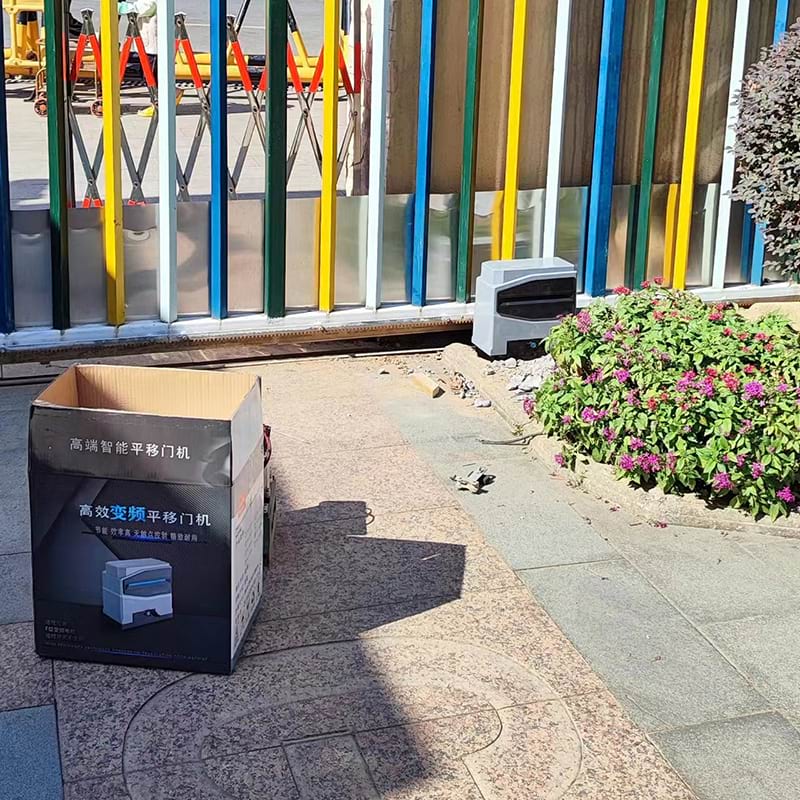Automatic sliding gate openers offer convenience, security, and enhanced accessibility for residential and commercial properties. But what if you already have a manual sliding gate in place? Can you still enjoy the benefits of automation without replacing the entire gate? In this article, we explore the feasibility and process of installing automatic sliding gate openers on existing manual gates, providing a solution that combines convenience with cost-effectiveness.

1. Assessing Gate Compatibility:
The first step in determining if automatic sliding gate openers can be installed on an existing manual gate is to assess the gate's compatibility. Factors such as the gate's size, weight, track system, and structural integrity need to be evaluated to ensure that it can support the added weight and movement of the automated system.
2. Selecting the Right Opener:
Once compatibility is established, selecting the appropriate automatic sliding gate opener is crucial. Considerations include the weight capacity of the opener, the type of power source (AC or DC), available features such as remote control or access control integration, and compatibility with the gate's dimensions and design.
3. Preparation and Modifications:
Depending on the specific requirements, some modifications may be necessary to prepare the existing manual gate for automation. This may include reinforcing the gate structure to handle the additional weight of the opener, adjusting the gate track or wheels for smooth operation, and ensuring adequate clearance for the motor mechanism.
4. Mounting the Opener:
The automatic sliding gate opener is then mounted onto the existing gate structure. This typically involves attaching brackets or mounting hardware to secure the opener in place. Careful attention is paid to alignment and positioning to ensure optimal performance and longevity of the system.
5. Wiring and Electrical Connections:
Wiring and electrical connections are made to power the automatic sliding gate opener. This may involve running wires from the opener to a power source and connecting control panels, sensors, and any additional accessories such as keypads or intercom systems.
6. Testing and Calibration:
Once the installation is complete, the automated sliding gate system undergoes testing and calibration. This includes programming the opener's settings such as opening and closing speed, adjusting safety features such as obstacle detection sensors, and ensuring smooth operation of the gate along its track.
7. User Training and Maintenance:
Users are provided with training on operating the automated sliding gate system and any associated accessories. Maintenance guidelines are also shared to ensure the continued reliability and performance of the system, including regular inspections, lubrication of moving parts, and troubleshooting common issues.
Conclusion:
Installing automatic sliding gate openers on existing manual gates offers a cost-effective and efficient solution to upgrade accessibility and convenience for residential and commercial properties. By assessing gate compatibility, selecting the right opener, making necessary preparations and modifications, and conducting thorough testing and maintenance, property owners can enjoy the benefits of automation while preserving the existing infrastructure of their manual gates. Whether for residential driveways, commercial entrances, or gated communities, this solution enhances security, convenience, and overall property value.